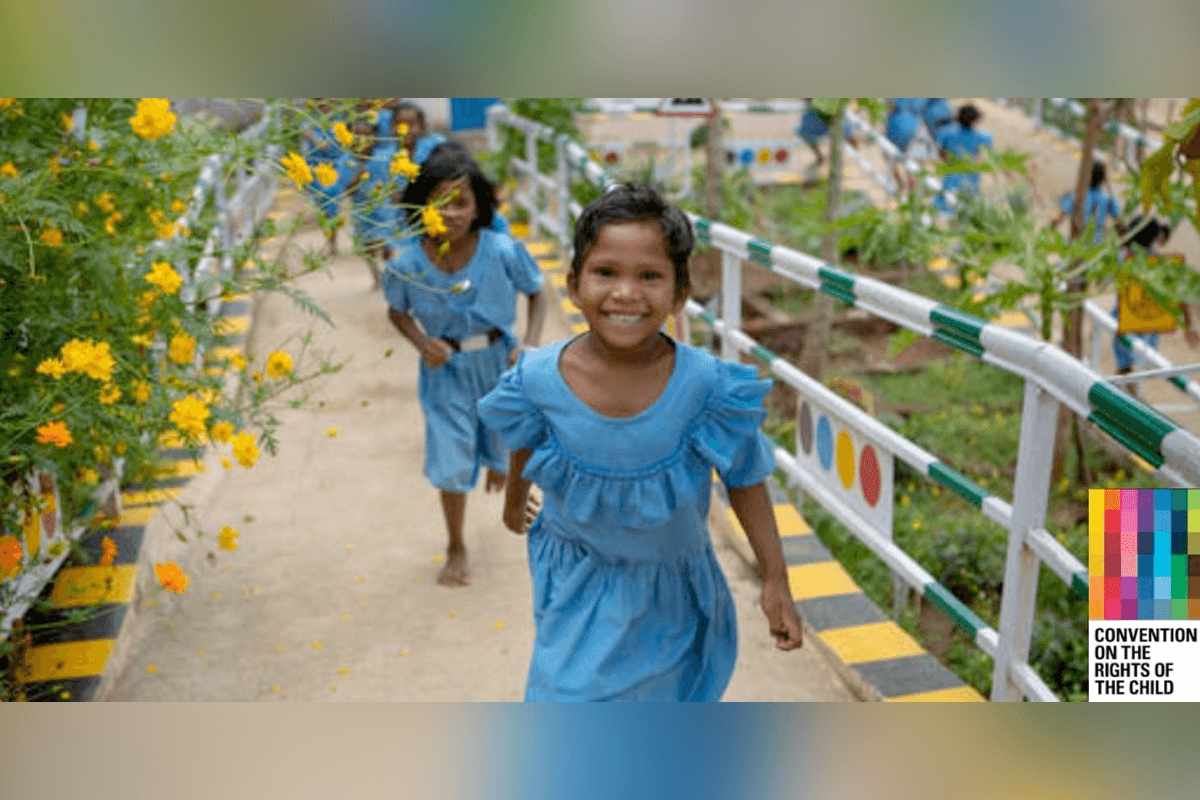
The UN Committee on the Rights of the Child found that Peru has violated the rights to health and life of an indigenous and rural girl victim of rape by failing to provide her with information and access to legal and safe abortion.
The Committee published its decision on 13 June 2023 after hearing the complaints filed by Camila (pseudonym), who was raped by her father from age nine until she became pregnant at age 13.
Camila was born in Huanipaca, department of Apurímac, a rural area of the Peruvian highlands. When she became pregnant in 2017, a relative took her to a hospital in Abancay, where she burst into tears and told the hospital staff that she did not want to have her father’s child or be pregnant. This statement was repeated throughout her medical visits as her mental health condition aggravated. However, she was not informed of her right to have a therapeutic abortion.
Abortion is criminalised in Peru except to prevent a risk to the life or a severe and permanent threat to the mother’s health. With the assistance of an NGO, Camila requested the Abancay hospital to access therapeutic abortion according to national legislation, and she also submitted a request for voluntary termination of pregnancy to the prosecutor in charge of the criminal investigation for rape so that a health centre could be designated to assess her case. However, she received no response from either the hospital or the judicial authorities.
On the contrary, the medical staff insisted on arranging regular prenatal check-ups disregarding Camila’s condition. When Camila did not turn up for prenatal care, medical staff went to her home several times, sometimes accompanied by police officers, to push her to continue with the pregnancy, which prompted her stigmatisation and harassment within her family and community and forced her to abandon school and later her village.
After having a spontaneous abortion, Camila was charged and convicted of self-abortion based on no evidence other than her repeated statements that she did not wish to carry through with the pregnancy.
Camila was further harassed by the prosecutor in charge of her rape case. The prosecutor ordered the examination of the crime scene with the mandatory presence of Camila and her father and repeatedly summoned Camila to testify. The prosecutor also diverted the rape investigation to focus on gathering incriminating evidence of the alleged crime of self-abortion.
“I am appalled by the way in which a 13-year-old victim of rape and incest has been treated by national authorities,” said Ann Skelton, Chair of the Committee. She continued, “Far from being protected, given her extreme vulnerability, she was further re-victimised and harassed by health, police and judicial authorities. She was, in effect, turned from victim to offender.”
Deprived of justice in her home country, Camila brought her case before the CRC, claiming that her rights under the Child Rights Convention had been violated.
The Committee considered that the lack of information on voluntary termination of pregnancy services and effective access to such services exposed Camila to a real, personal and foreseeable risk to her life and health. The situation was compounded by Camila’s status as a victim of rape by her father, which further aggravated the consequences of the pregnancy on her mental health. The Committee, therefore, found that Peru violated Camila’s rights to health and life.
The Committee noted that Camila, an indigenous and rural child victim of rape, was re-victimised by the health, police and judicial authorities, as her request for an abortion was repeatedly ignored, her home and school were frequently invaded, and she was prosecuted for self-abortion. The Committee, therefore, considered that Camila was subject to discrimination based on her age, gender, ethnic origin and social status. It further considered that Camila’s lack of access to safe abortion constituted differential treatment based on her gender, denying her access to a service essential to her health and punishing her for not complying with gender stereotypes about her reproductive role.
The Committee asked Peru, among other things, to decriminalise abortion in all cases of child pregnancy, ensure access to safe abortion services and post-abortion care for pregnant girls, particularly in cases of risk to the life and health of the mother, rape or incest, and to amend the regulations governing access to therapeutic abortion to provide for its specific application to girls.
“We salute the courage Camila has shown in pursuing her rights and bringing her case to us despite many obstacles,” said Skelton.
“We sincerely hope this case will help trigger structural changes in Peruvian legislation and institutions so that girls can access safe abortion given the high risk that pregnancies pose to their health and lives,” she added.
SOURCES: Press release, OHCHR. Original Report in Spanish, Committee on Rights of the Child CRC/C/93/D/136/202 ; PHOTO: Twitter @UN Geneva, 15 May 2023
Background
The Committee on the Rights of the Child monitors States parties’ adherence to the Convention on the Rights of the Child and its Optional Protocols on involvement of children in armed conflict, and on sale of children, child prostitution and child pornography. The Convention to date has 196 States parties. The Committee is made up of 18 members who are independent human rights experts drawn from around the world, who serve in their personal capacity and not as representatives of States parties.
The Optional Protocol to the Convention on the Rights of the Child on a communications procedure (OPIC-CRC) allows the Committee to receive and examine complaints by individuals or groups of individuals claiming to be victims of a violation of the rights of the child by States that have ratified the Optional Protocol. To date, 50 States have ratified or acceded to the OPIC-CRC. The Committee’s https://tbinternet.ohchr.org/_layouts/15/treatybodyexternal/Download.aspx?symbolno=CRC%2FC%2F93%2FD%2F136%2F2021&Lang=enviews and decisions on individual communications are an independent assessment of States’ compliance with their human rights obligations under the Convention and its two substantive optional protocols.



